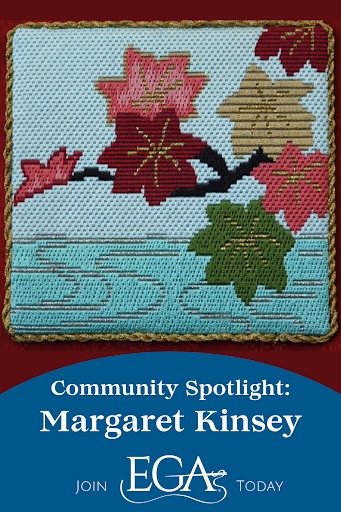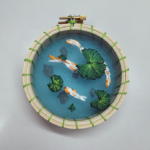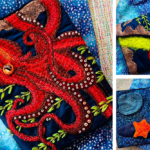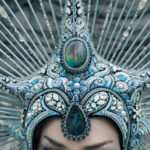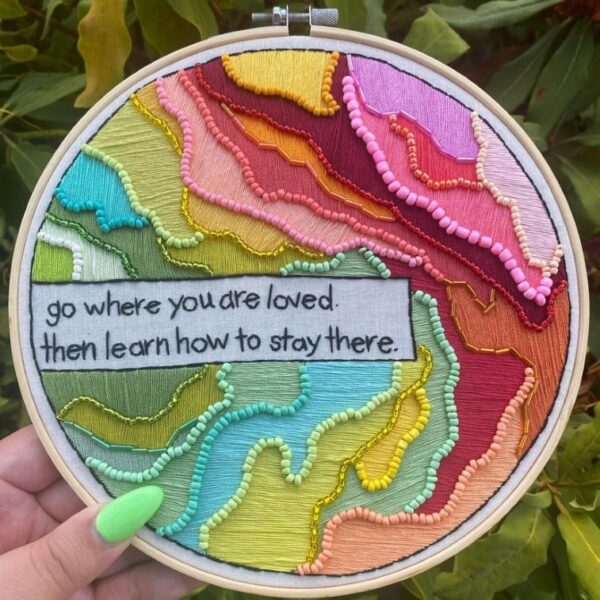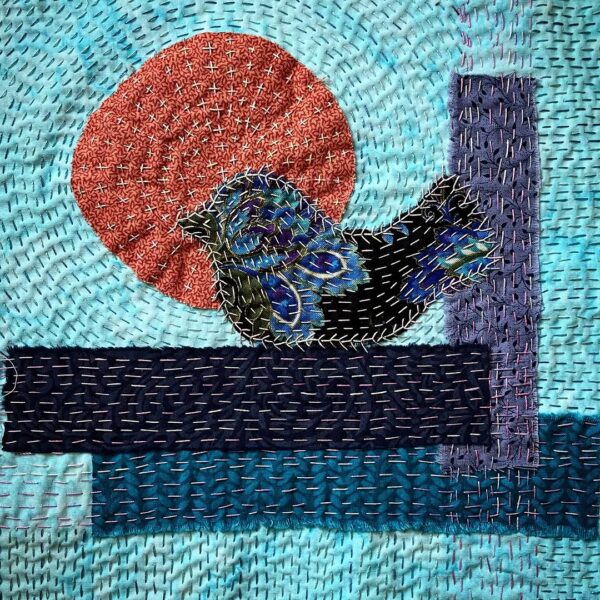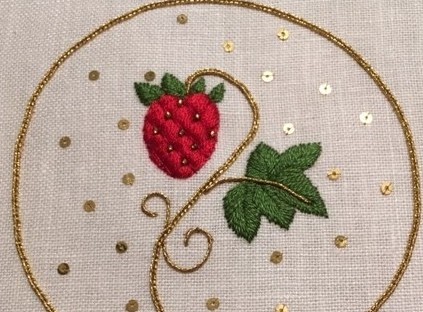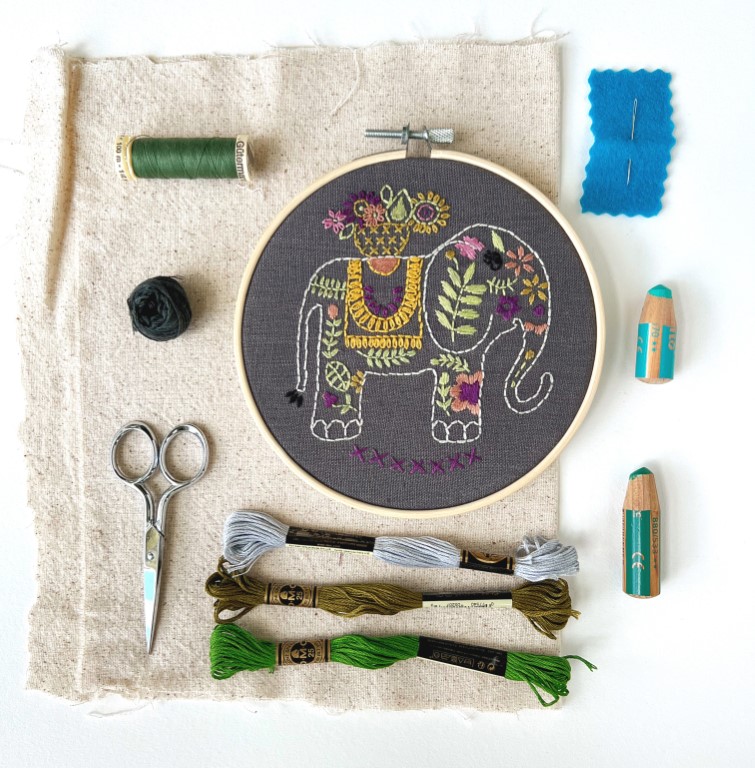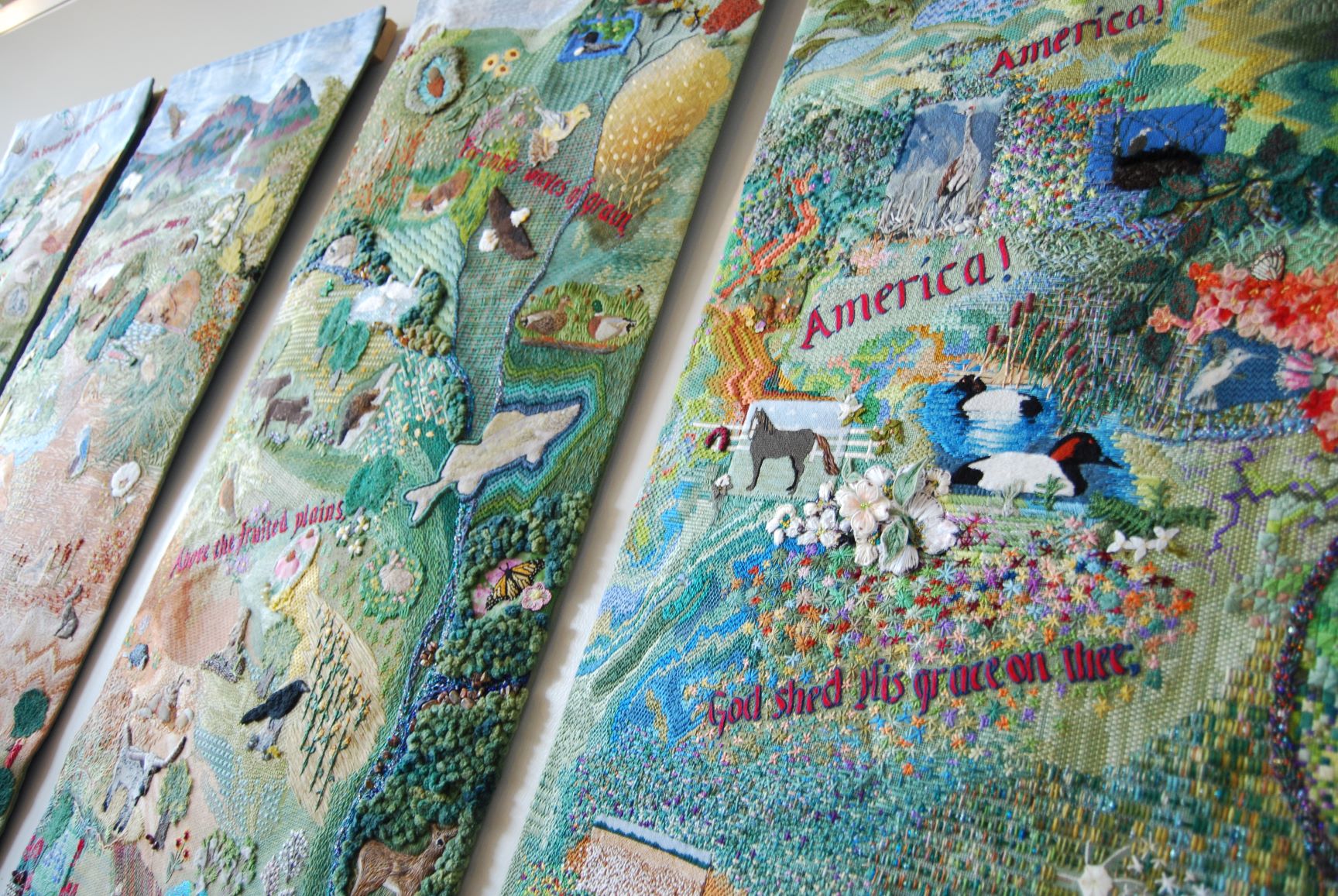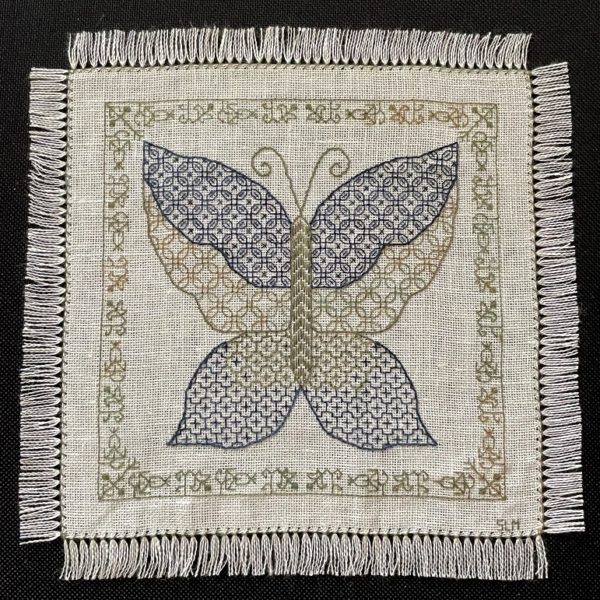For this month’s Community Spotlight we spoke with Margaret Kinsey, an EGA certified teacher in Silk and Metal embroidery and the designated US teacher for the Kunimitsu Rozashi Studio. Margaret, who studies with Fumiko Ozaki, is certified to teach Japanese traditional embroidery and is the sole purveyor of Rozashi supplies in the United States. A unique and dedicated history of learning, researching, and teaching Rozashi, Japanese surface embroidery, and Silk and Metal embroidery make Margaret an important resource for these singular, significant needlework techniques. We were delighted to learn more from her!
You come from a long line of crafters: your mother embroidered, your grandmother quilted and crocheted, your great grandmother quilted. How were you introduced to crafting? What were your first experiences with crafting?
Making doll clothes for my dolls. I learned to embroider using the iron-on patterns of the 40s and 50s. I grew up in a very small town. So summertime on a big, shaded front porch was spent stitching with the extended family. Somewhere I still have some of the embroidered flour sack dish towels.
Where did your love of traditional Japanese embroidery begin?
I was invited by Elsa Cose to be a part of a Japanese Surface Embroidery course in Manhattan, NYC. From the very first class I wanted to learn more. I have my certification to teach the Phases. My class was the first time the *Tamuras taught in the US.
(*Editor’s Note: Shuji Tamura and Masa Tamura founded the non-profit Japanese Embroidery Center in 1989 in Atlanta, Georgia. Their goal was to spread awareness about ‘nuido.’ ‘Nui’ is embroidery, and ‘do’ is spirituality; thus, ‘nuido’ represents the synthesis between needlework and spirituality. The Japanese Embroidery Center is one of the tours available for attendees of 2024 National Seminar: Preserving Needle Art).
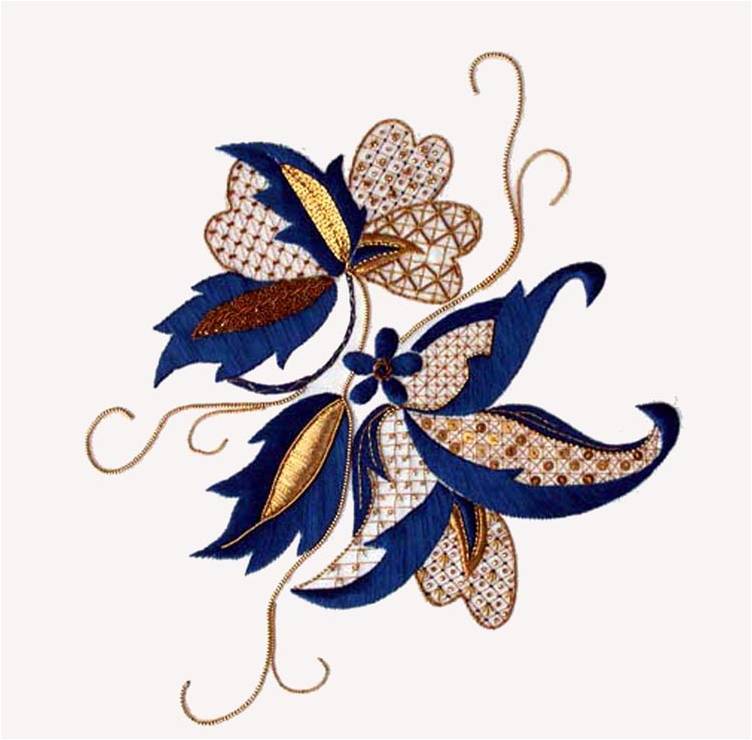
You are an EGA certified teacher in Silk & Metal techniques as well as a certified teacher in Japanese embroidery. What aspects of these techniques do you find the most rewarding? The most challenging? What is their ultimate appeal for you?
I love the filament silk! I love the tradition and history of the embroidery. It is so very special. I also enjoy working with the metal threads. Manipulating metals into traditional stitches is a challenge and gives me great satisfaction.
I also have an interest in Rozashi. It is a Japanese needle art that is worked on ro which is a silk gauze that forms rectangles instead of squares.
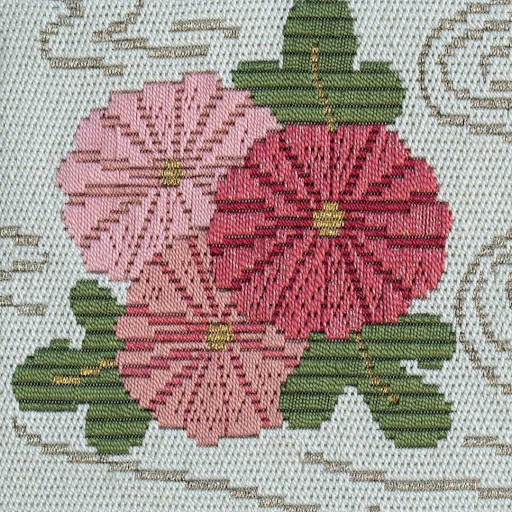
Does Japanese and Rozashi embroidery share commonalities with Silk & Metal embroidery?
The Traditional Japanese Surface embroidery is basically satin stitch, knots, and couching of metal threads. So it shares commonalities with Silk and Metal Thread embroidery. All techniques are part of the total embroidery. Rozashi is worked on gauze. The geometrics have some similarities to Bargello, but with thread saving stitches.
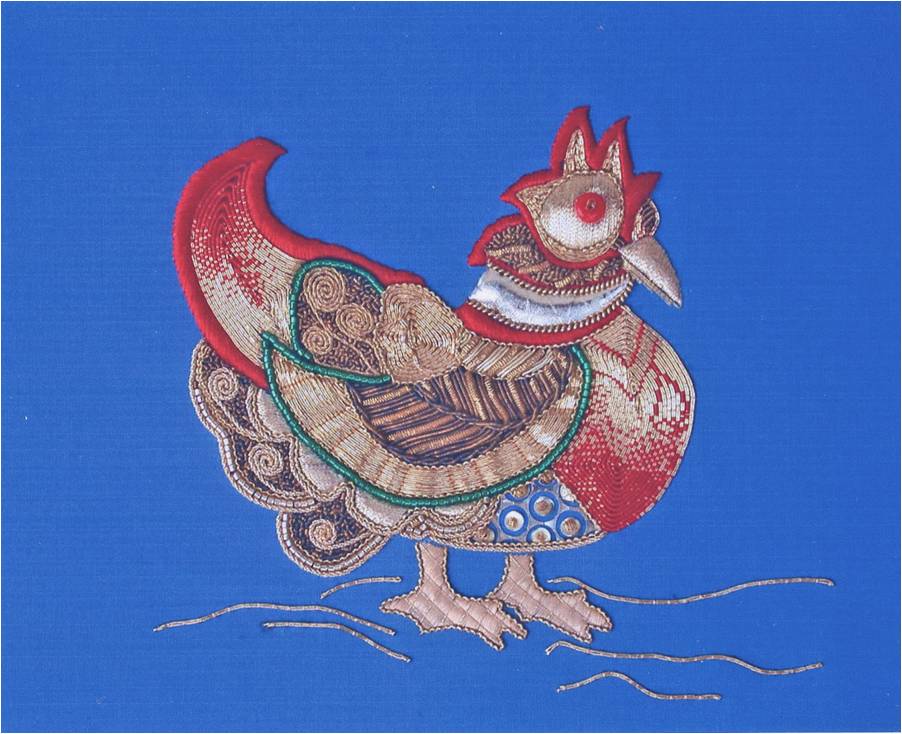
What are the defining characteristics of Japanese embroidery? Rozashi? Both in terms of technique as well as subject matter?
Japanese surface embroidery is satin stitch, knots, and couching of metal threads. Both techniques use stylized designs. That has to do in part because of the Shinto religion. Nothing man produces can be as perfect as that in nature.
Rozashi is limited to more basic designs, things of nature as well. The original designs were geometrics, which represented such things as fish scale, flax leaf, etc. The filament silk threads are tightly twisted and easy to use. Filament silk in Japanese Traditional Surface embroidery can be flat, with some twist or tightly twisted, which you as the technician have to do yourself. Rozashi threads come twisted.

Do you have a favorite design that exemplifies Japanese embroidery? Rozashi?
Yes, my favorite design in the Traditional surface embroidery is my butterfly belt which was part of the phases. My favorite Rozashi pieces are divided. In the geometrics, Ribbons, and in the floral designs is a peony with a small butterfly.
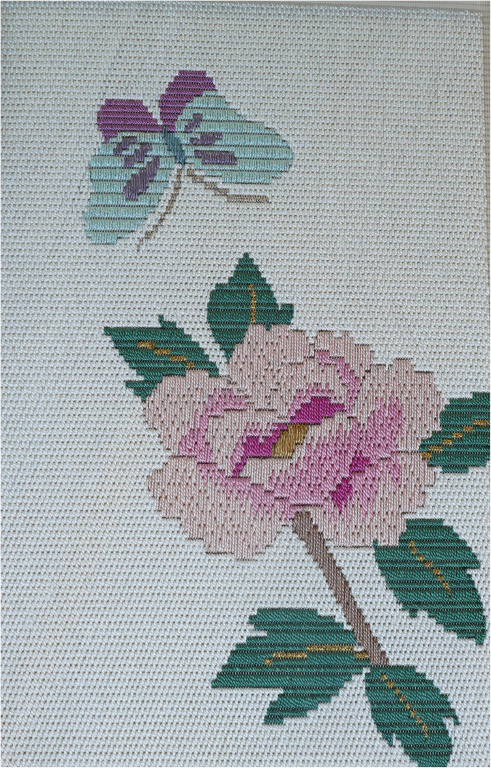
How do you approach a new design? What does your design process look like?
My designs begin usually as a concept. Then a line drawing that has to be refined. I may collect images of the design, to use as inspiration. Sometimes it takes two or three years to perfect a design.
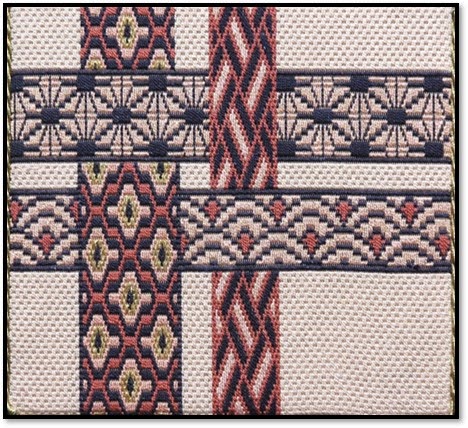
You’ve described Japanese embroidery as a discipline. In that sense, how does it differ from other embroidery techniques?
Yes, Japanese embroidery, the traditional surface, requires much dedication to the act of stitching. One should stitch Japanese surface embroidery every day. It is sometimes impossible, but very rewarding to see the pieces come to life, and your stitches improve.
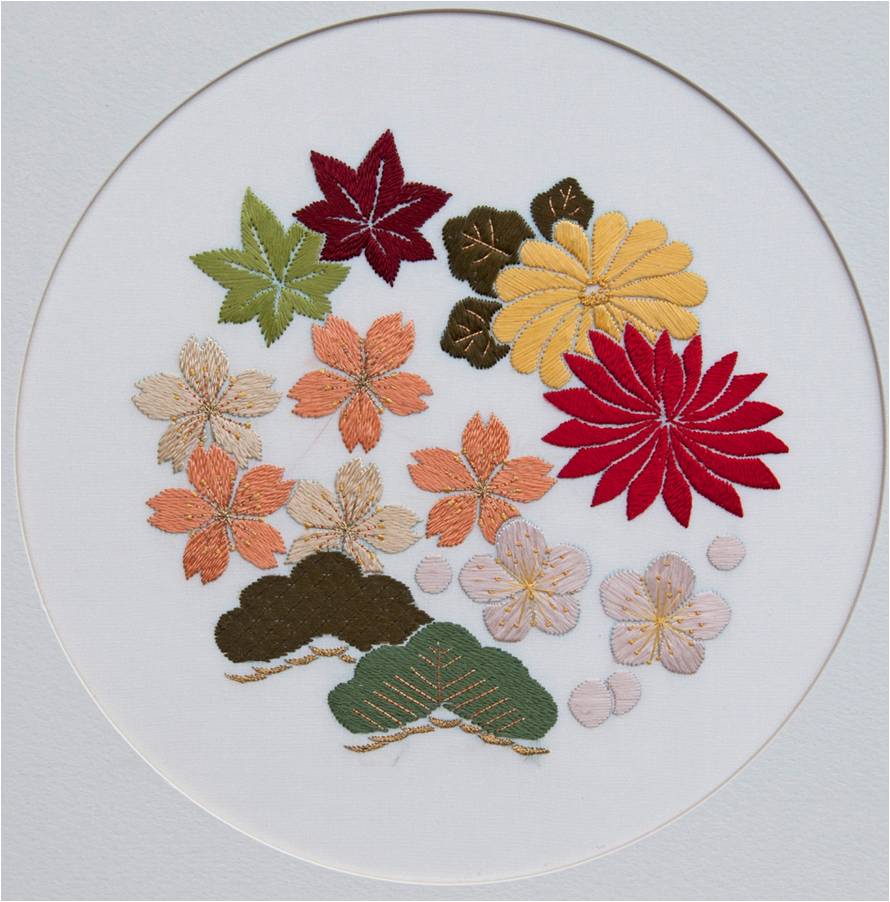
You studied with Fumiko Ozaki, who founded the Kunimitsu Rozashi Studio in honor of her late mother, Katsuko Kunimitsu, a Rozashi embroiderer—and you are now the representative for the studio in the U.S. What was that educational experience like?
It is very interesting to work with someone in another culture. It has taken me many years to earn her confidence and trust. I am very happy to work with her. I, one time, told my grandson to “mind his manners.” I apply that bit of knowledge to my work with my sensei. She is lovely. She trusts me. Anything that comes from the English speaking world, she sends to me now. I am very honored.
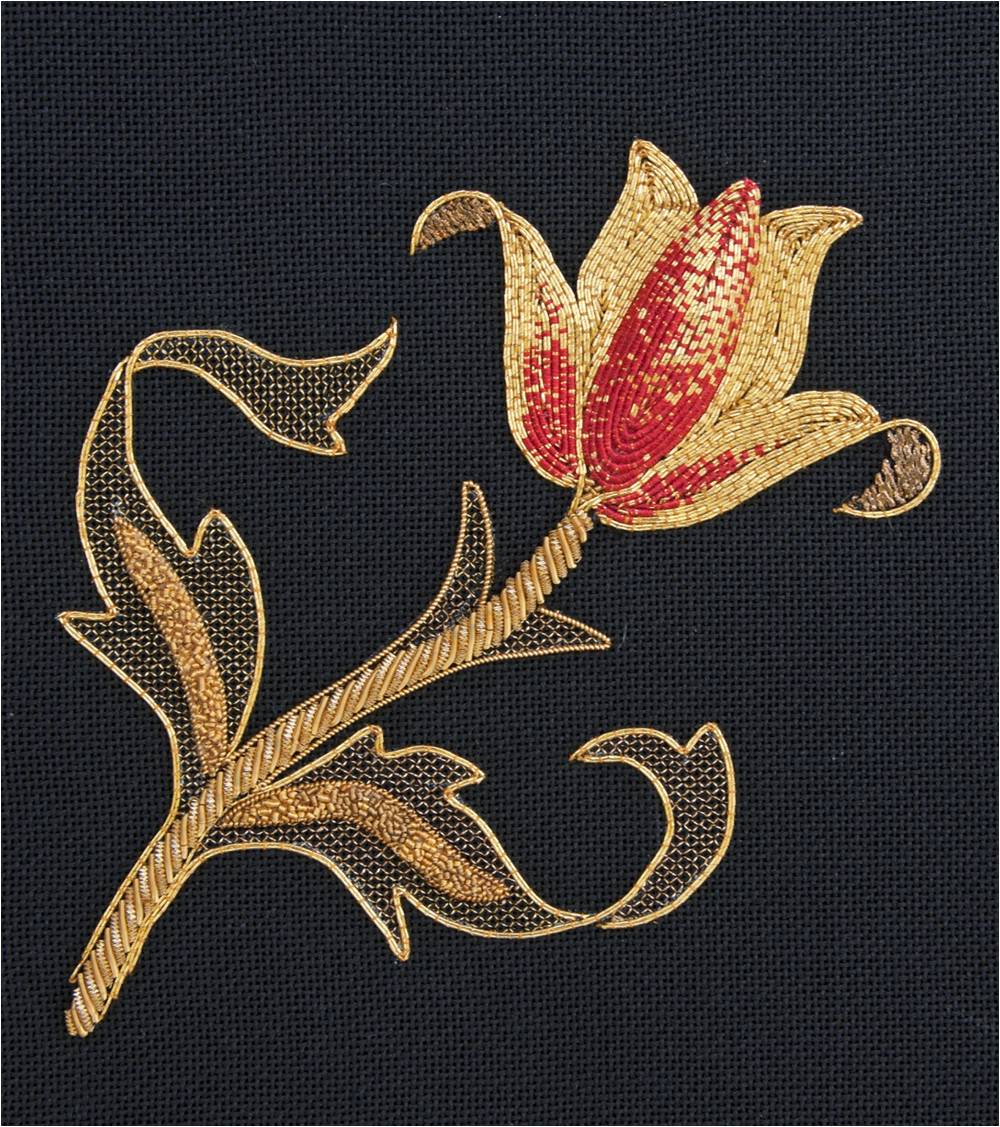
What should embroiderers interested in Rozashi embroidery know about the technique—any advice for beginners? What materials will embroiderers need to begin practicing the technique?
One needs to know that Rozashi is an embroidery technique worked on a silk gauze whose weave forms rectangles. All stitches are upright. The technique uses tension to form needle holes, not like pulled thread, but to hold tension to keep the needle hole open.
The frames we use today are small enough for the technique to be worked in hand. One needs a piece of ro pasted on a frame. The paste is Nori. You can purchase it on Amazon if you don’t have a Japanese art store in your neighborhood. There are four types of thread: you will need the tightly twisted silk threads, a softly twisted metal thread, an urushi thread or a brocade thread. Also a Japanese sewing needle or a #24 tapestry needle. Magnification and light is needed. That is about it, except for scissors for cutting the threads.
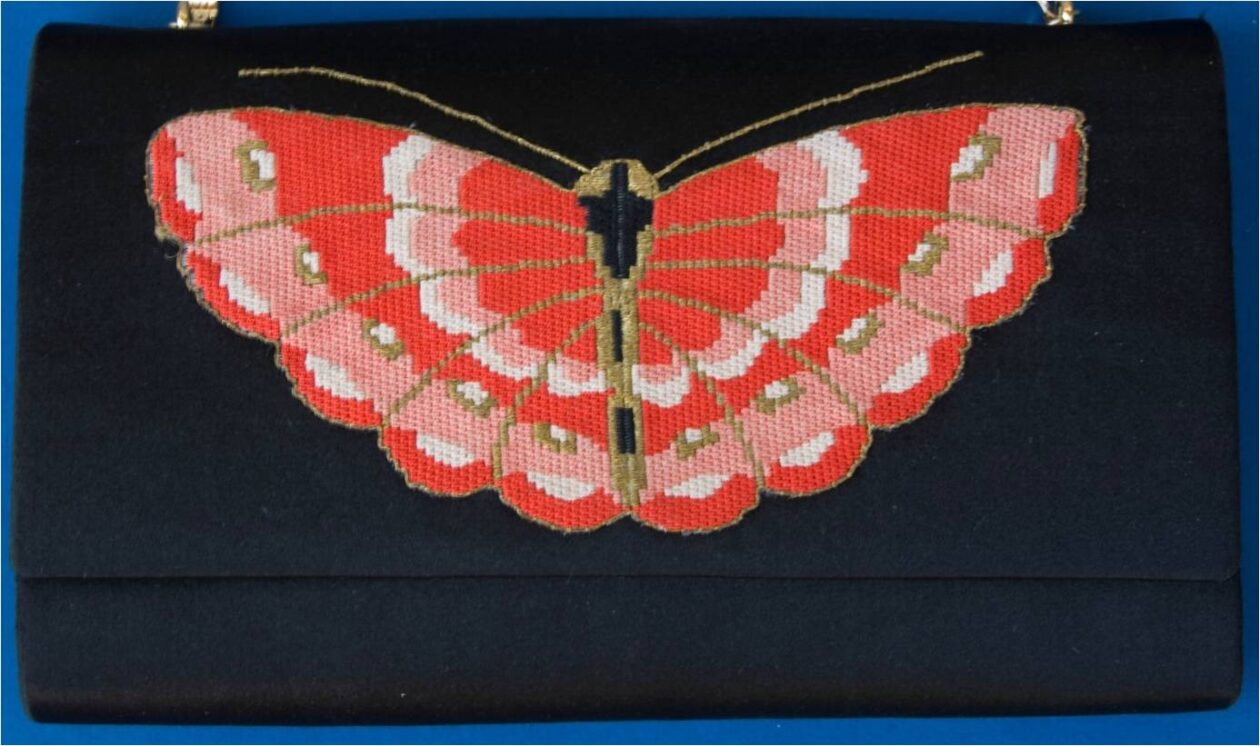
Do you have any resources for embroiderers interested in acquiring Rozashi materials?
I am the source for the Rozashi supplies in the US. As I said before, Fumiko and others only work with one person to order supplies. I am not sure why, but everyone has to have a representative between the supplier and the purchaser of goods. The suppliers are not interested in working with individuals.
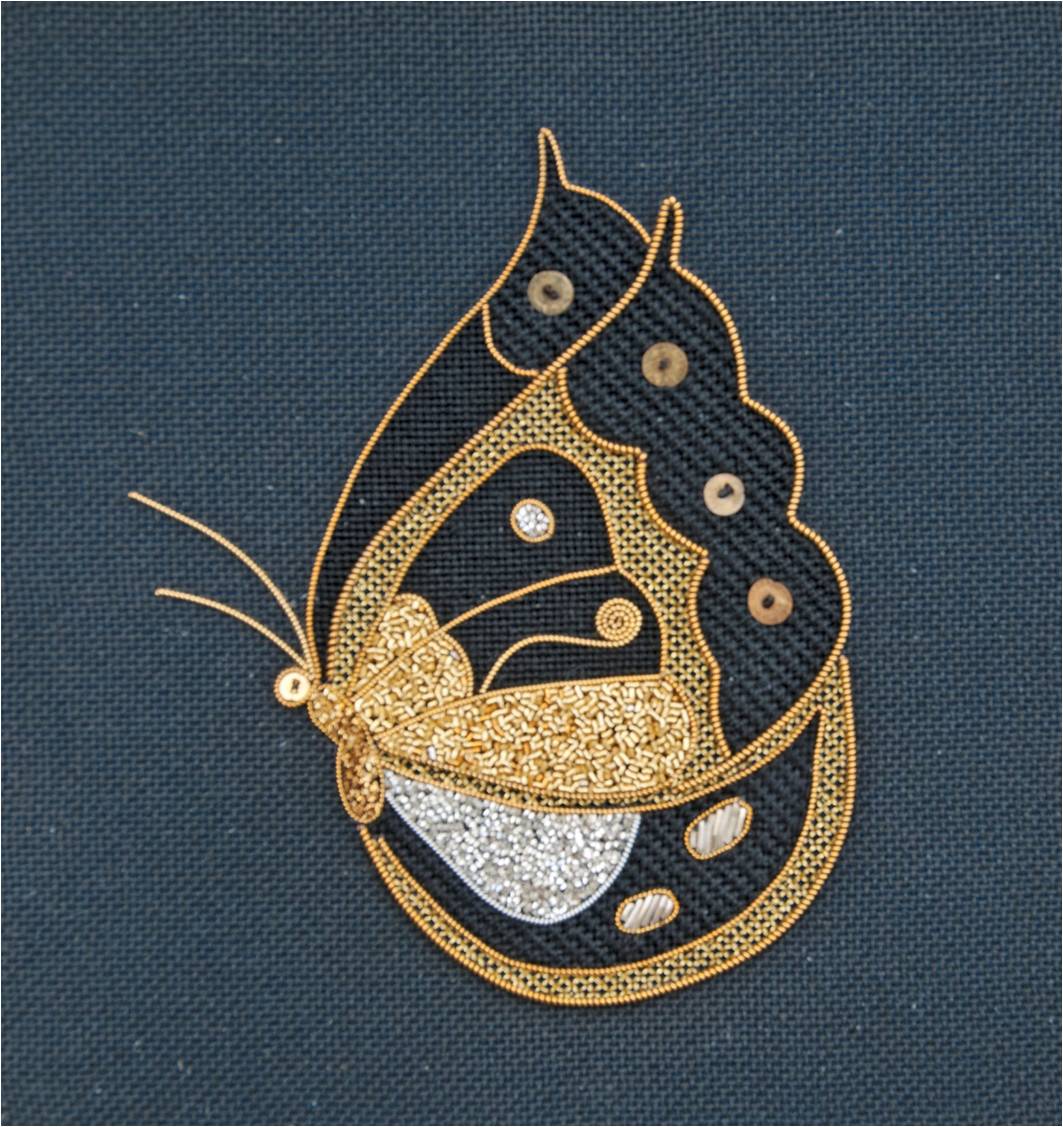
Aside from Fall Colors, A Study in Rozashi, do you have any upcoming classes or lectures that you’d like to share with our readers?
I just taught a class in Naples, FL, and lectured for the group. I will be teaching a piece of Rozashi for ANG in Kansas City this September. I have students coming to my house in May. I am doing a lecture for the Camellia Chapter on Rozashi in October.
Interested in learning Rozashi and Japanese embroidery from Margaret Kinsey? Register for Fall Colors, A Study in Rozashi, available as a GCC Lighting Round through May 31. Margaret also teaches a beginning study of silk & metal threads in her Group Correspondence Course, Guanin: Gourd Flower. You can follow Margaret and learn more about her upcoming events and classes on her website at MAK Inc Designs.
